In the vast world of animal behavior, convergent evolution has led to fascinating similarities between species that are not closely related. Among the most intriguing are the behavioral parallels between snakes and birds – creatures seemingly worlds apart in evolutionary terms. Despite their obvious physical differences, these vertebrates have developed comparable strategies for survival, hunting, and reproduction. This article explores ten remarkable snake behaviors that bear a striking resemblance to those observed in our feathered friends, demonstrating that evolutionary pressures can lead different animals down similar behavioral paths regardless of their taxonomic distance.
Thermoregulation Through Basking
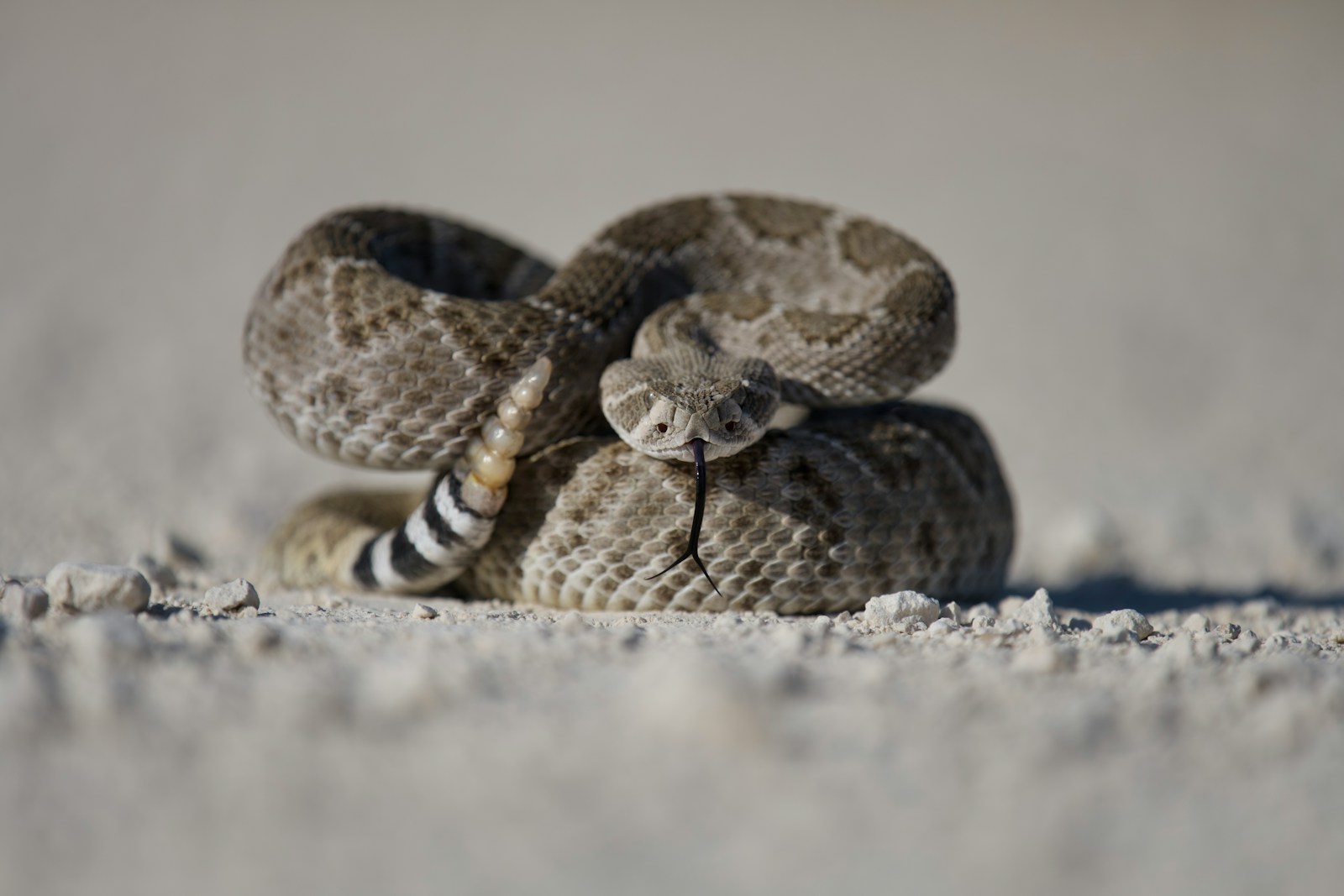
Just as birds spread their wings to absorb the sun’s warmth, many snake species engage in a similar basking behavior to regulate their body temperature. On cool mornings, you’ll often find snakes stretched out on rocks or other sun-warmed surfaces, maximizing the area of their bodies exposed to solar radiation. This thermoregulatory behavior is particularly important for these ectothermic reptiles, as they rely entirely on external heat sources to warm their bodies and maintain optimal metabolic functioning. For instance, the common garter snake (Thamnophis sirtalis) will emerge from its den early in the morning to bask, adjusting its body position throughout the day to maintain ideal temperature, much like a sparrow might reposition itself in a sunbeam.
Territorial Defense Displays
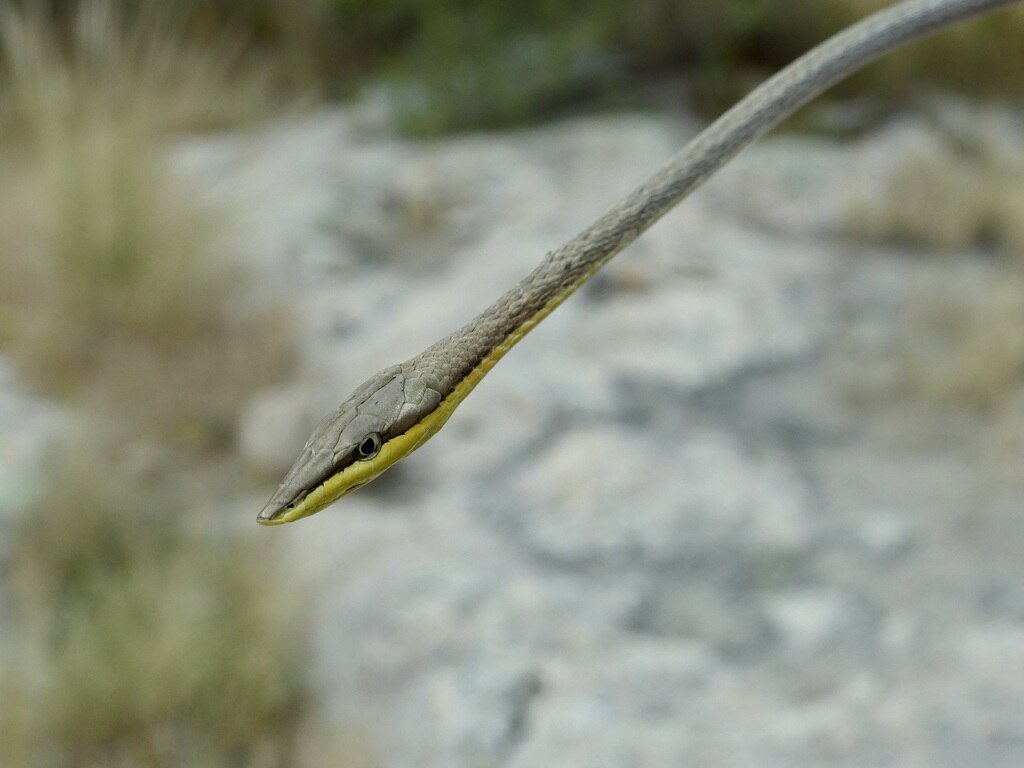
Many snake species exhibit territorial behaviors remarkably similar to those of territorial birds. When challenged by competitors or perceived threats, certain snakes will perform elaborate displays to assert dominance and protect their territory. The black mamba, for instance, will raise its head high above the ground and spread its narrow neck, creating an impressive display not unlike a peacock’s fan. King cobras are known to establish and defend territories during breeding season, with males engaging in ritualized combat that involves rising up and attempting to push down opponents – behaviors that parallel the territorial singing and physical displays of many songbirds. These territorial displays often allow snakes to resolve conflicts without dangerous physical combat, serving the same function as the aggressive singing and posturing of territorial birds.
Nest Construction and Egg-Laying

While many people associate nest-building exclusively with birds, several snake species construct nests for their eggs in a manner reminiscent of their avian counterparts. The king cobra (Ophiophagus hannah) is perhaps the most impressive nest-builder among snakes, with females gathering vegetation and arranging it into mounds that can reach up to two feet in height. Female king cobras actively maintain these nests, adjusting them to maintain optimal temperature and humidity for their eggs, much like birds tend to their nests. Python species also exhibit maternal behavior by coiling around their egg clutches, using muscular contractions to generate heat – a behavior functionally similar to the way birds incubate their eggs with body heat. This convergent evolution of parental care demonstrates how different animal groups have developed similar solutions to the challenge of protecting their offspring.
Aerial Locomotion
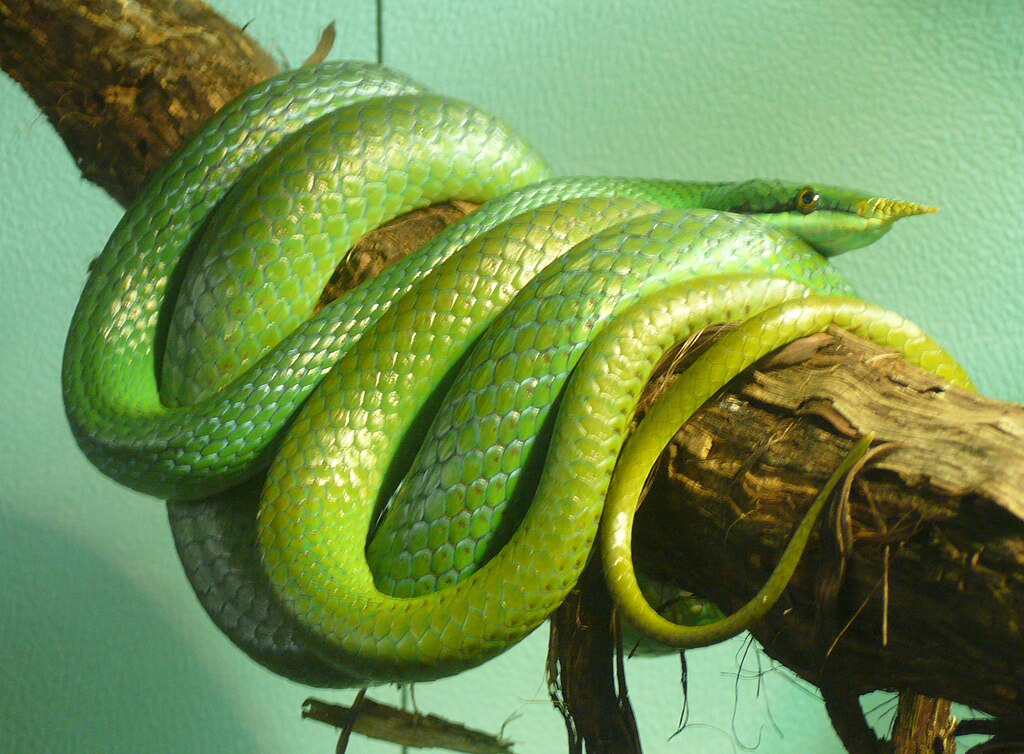
While snakes cannot truly fly, the remarkable gliding abilities of “flying snakes” (Chrysopelea spp.) bear a surprising resemblance to the aerial movements of gliding birds. These Asian snakes can launch themselves from tree branches, flatten their bodies to create a concave shape that generates lift, and make sophisticated aerial maneuvers to control their descent. By undulating through the air and making subtle body adjustments, flying snakes can travel impressive horizontal distances – some species can glide more than 100 feet from a high perch. This specialized form of locomotion serves a similar ecological function to the gliding behavior seen in birds like flying squirrels or sugar gliders, allowing these reptiles to move efficiently between trees without descending to the forest floor where predators might lurk.
Courtship Rituals and Displays
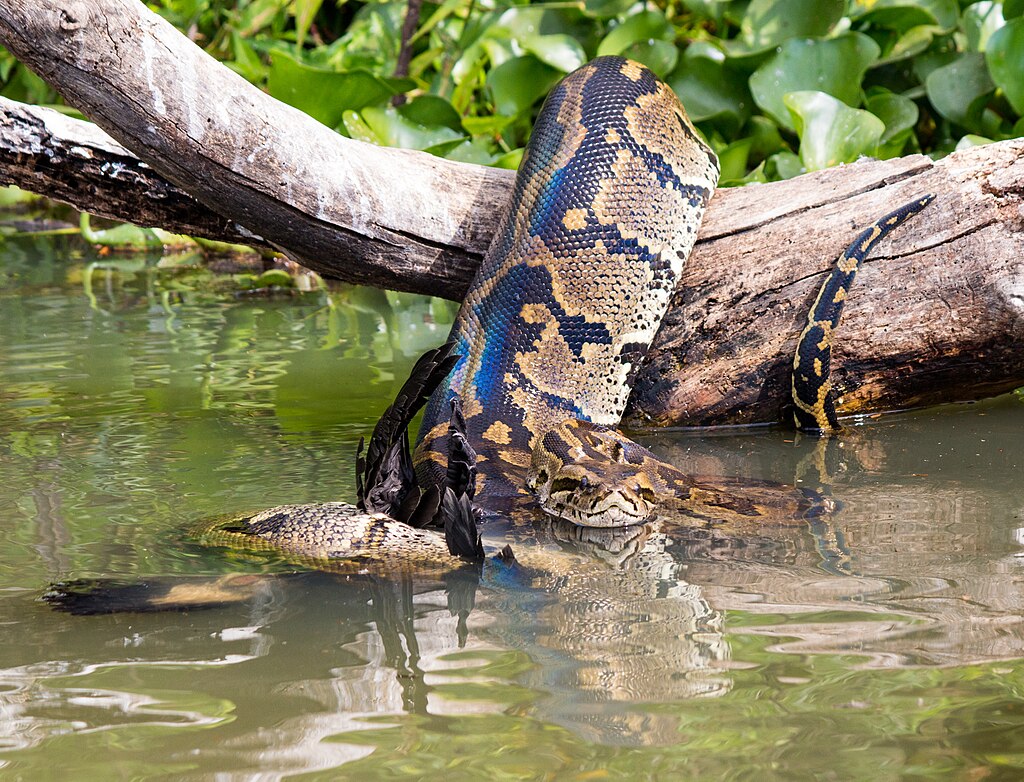
The elaborate courtship rituals of many snake species parallel the famous mating displays of birds in both complexity and purpose. Male garter snakes perform a series of specific movements, including chin-rubbing and body-alignment behaviors designed to attract females and demonstrate their genetic fitness. Some ratsnakes engage in “dance-like” combat where males intertwine and attempt to pin each other down, not unlike the competitive displays performed by male birds of paradise or sage grouse. Perhaps most visually striking are the combat dances of male vipers, which rise up and intertwine their bodies in tests of strength that can last for hours, with females often observing nearby. These complex ritualized behaviors serve the same evolutionary purpose as bird courtship displays: allowing females to select the most fit mates based on performance quality.
Seasonal Migration Patterns

Though less celebrated than the famous migrations of birds, many snake species undertake impressive seasonal journeys that serve similar ecological purposes. Timber rattlesnakes in northern states travel several miles between summer hunting grounds and winter hibernation sites, following consistent routes year after year. The red-sided garter snakes of Manitoba, Canada, perform one of the most spectacular snake migrations, with thousands congregating at specific limestone sinkholes for winter hibernation before dispersing to summer territories – a mass movement reminiscent of bird migrations. These snake migrations, like those of birds, are timed to coincide with optimal environmental conditions and resource availability across different seasons. Snake migration routes can even be passed down through generations, suggesting a form of cultural transmission of knowledge similar to the way young birds learn migration routes from adults.
Group Basking and Social Thermoregulation

While snakes are often thought of as solitary creatures, many species engage in group basking behaviors that resemble the social warming strategies seen in some bird species. Garter snakes frequently form basking aggregations where multiple individuals will pile together on warm surfaces, creating a collective thermal mass that helps regulate temperature more efficiently. During Canadian winters, red-sided garter snakes form massive hibernation balls in underground chambers with thousands of individuals pressed together for warmth, not unlike emperor penguins that huddle in tight groups during Antarctic winters. Even some typically solitary snake species will occasionally gather in groups when optimal basking sites are limited, suggesting that the benefits of social thermoregulation can sometimes outweigh the competitive disadvantages. This convergent evolution of social thermoregulation demonstrates how similar environmental pressures can drive the development of comparable behaviors across distant animal groups.
Ambush Hunting Techniques

The patient ambush hunting strategies employed by many snake species bear striking resemblance to the hunting techniques of certain bird predators. Both pit vipers and ambush birds like herons demonstrate the ability to remain perfectly motionless for extended periods while waiting for prey to come within striking distance. The gaboon viper, with its exceptional camouflage, may remain in the same hunting position for weeks at a time, much like a well-concealed owl waiting on a branch. When prey approaches, both snakes and ambush-hunting birds exhibit incredibly fast strike responses – a rattlesnake can launch its strike in less than 50 milliseconds, comparable to the lightning-fast strikes of herons or kingfishers. Both animal groups have also evolved specialized sensory adaptations to enhance their ambush capabilities – pit vipers use heat-sensing pits to detect warm-blooded prey, while owls have evolved specialized hearing to detect prey movements in darkness.
Group Hunting Behaviors
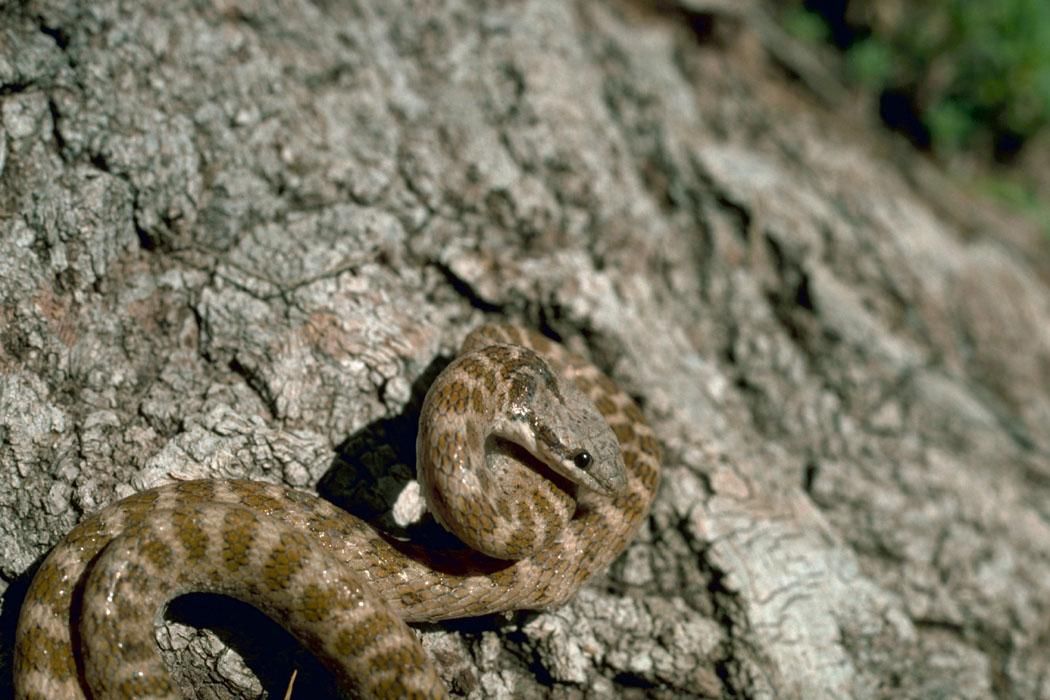
Though generally considered solitary hunters, some snake species display coordinated hunting behaviors that parallel the group hunting seen in certain bird species. Cuban boas have been documented hunting in caves together, positioning themselves at strategic points to block bat flight paths in what appears to be a cooperative strategy. The Cuban boa behavior is remarkably similar to how some birds of prey will work together to flush out and capture their quarry. Desert dwelling sidewinder rattlesnakes have been observed forming loose hunting aggregations around rodent burrows during periods of prey abundance, with multiple snakes positioned to intercept emerging rodents – a strategy not unlike how multiple herons might space themselves around a productive fishing area. These examples challenge the conventional view of snakes as strictly solitary predators and suggest more complex social behaviors than previously recognized, similar to the spectrum of cooperative hunting seen across bird species.
Defensive Mimicry and Bluffing
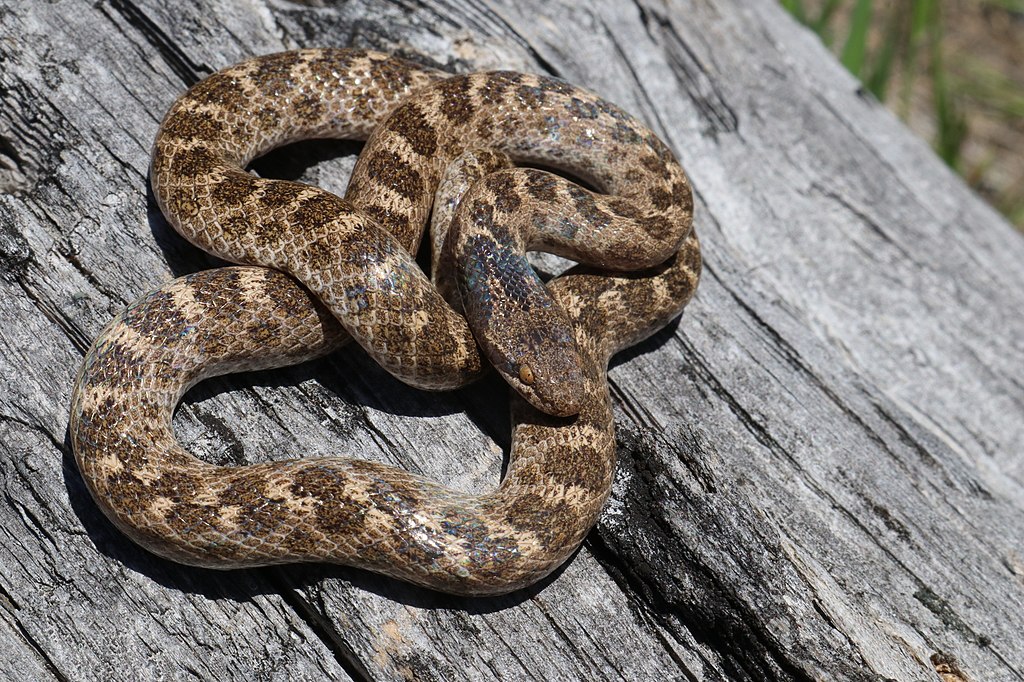
Many non-venomous snake species have evolved defensive displays that mimic the warning behaviors of venomous species, a strategy that parallels the mimicry seen in certain bird species. The eastern hognose snake performs an elaborate bluffing display when threatened, flattening its head and neck to resemble a cobra, hissing loudly, and even striking with closed mouth – all while being relatively harmless. This performance is remarkably similar to how some harmless birds will mimic the calls and behaviors of more dangerous species to deter predators. If the initial bluffing display doesn’t work, many hognose snakes will employ a second tactic of rolling over and playing dead with mouth agape and tongue hanging out, much like how killdeer birds perform broken-wing displays to draw predators away from nests. Both snakes and birds have evolved these sophisticated bluffing behaviors because they offer significant survival advantages while requiring relatively little physical risk.
Communal Nesting Sites
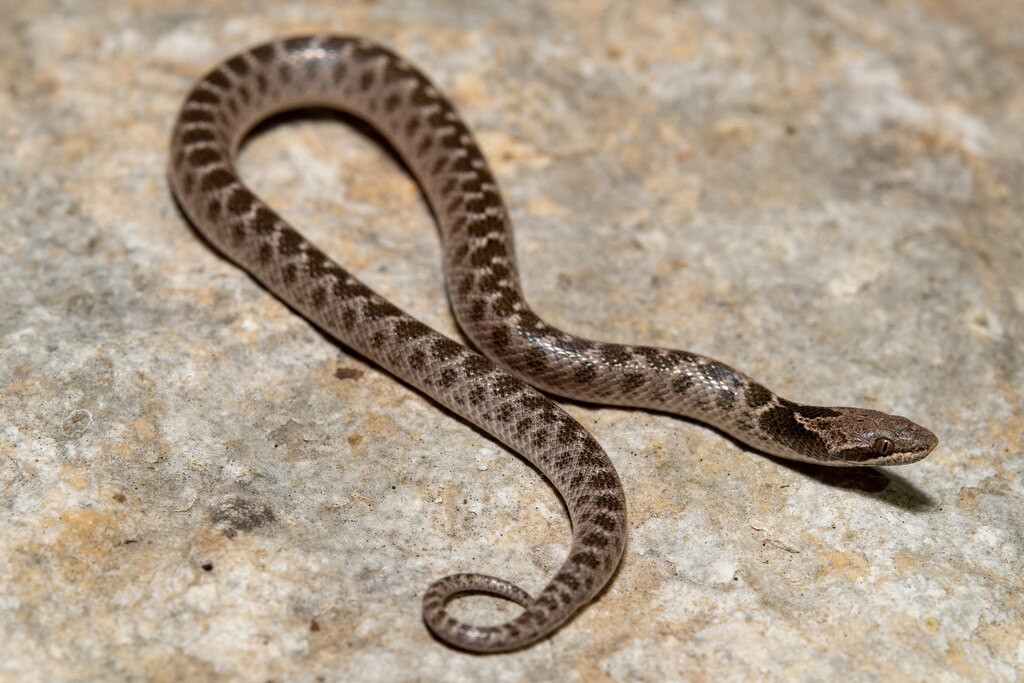
Several snake species utilize communal nesting areas in a manner similar to colonial nesting birds, with multiple females depositing eggs in the same location year after year. Prairie rattlesnakes in colder northern climates often share communal denning sites, with pregnant females giving birth in the same protected areas that offer optimal conditions for young snakes. These communal birthing rookeries can contain dozens of female rattlesnakes, all taking advantage of particularly favorable microhabitats, much like seabird colonies crowd onto productive cliffs. The yellow-bellied sea snake, which gives birth to live young in the open ocean, has been observed forming large aggregations during breeding season, with multiple females giving birth in the same areas. The advantages of these communal nesting areas parallel those of bird colonies – they provide optimal environmental conditions while potentially offering safety in numbers against predators.
Vibration-Based Communication

While birds are renowned for their vocal communications, snakes have developed sophisticated vibration-based communication systems that serve similar social functions. Many snake species communicate through substrate vibrations, with males transmitting signals through the ground to advertise their presence to potential mates. Research on red-sided garter snakes has shown that males can detect and interpret subtle vibrational cues produced by females, allowing them to locate potential mates across considerable distances. This communication system parallels how some birds use drumming or ground vibrations as part of their communication repertoire. During courtship, male pythons produce muscle tremors that create distinct vibrations females can detect, serving a similar function to the rhythmic displays of certain bird species. These examples demonstrate how both animal groups have evolved complex communication systems adapted to their physical capabilities and ecological niches.
Conclusion
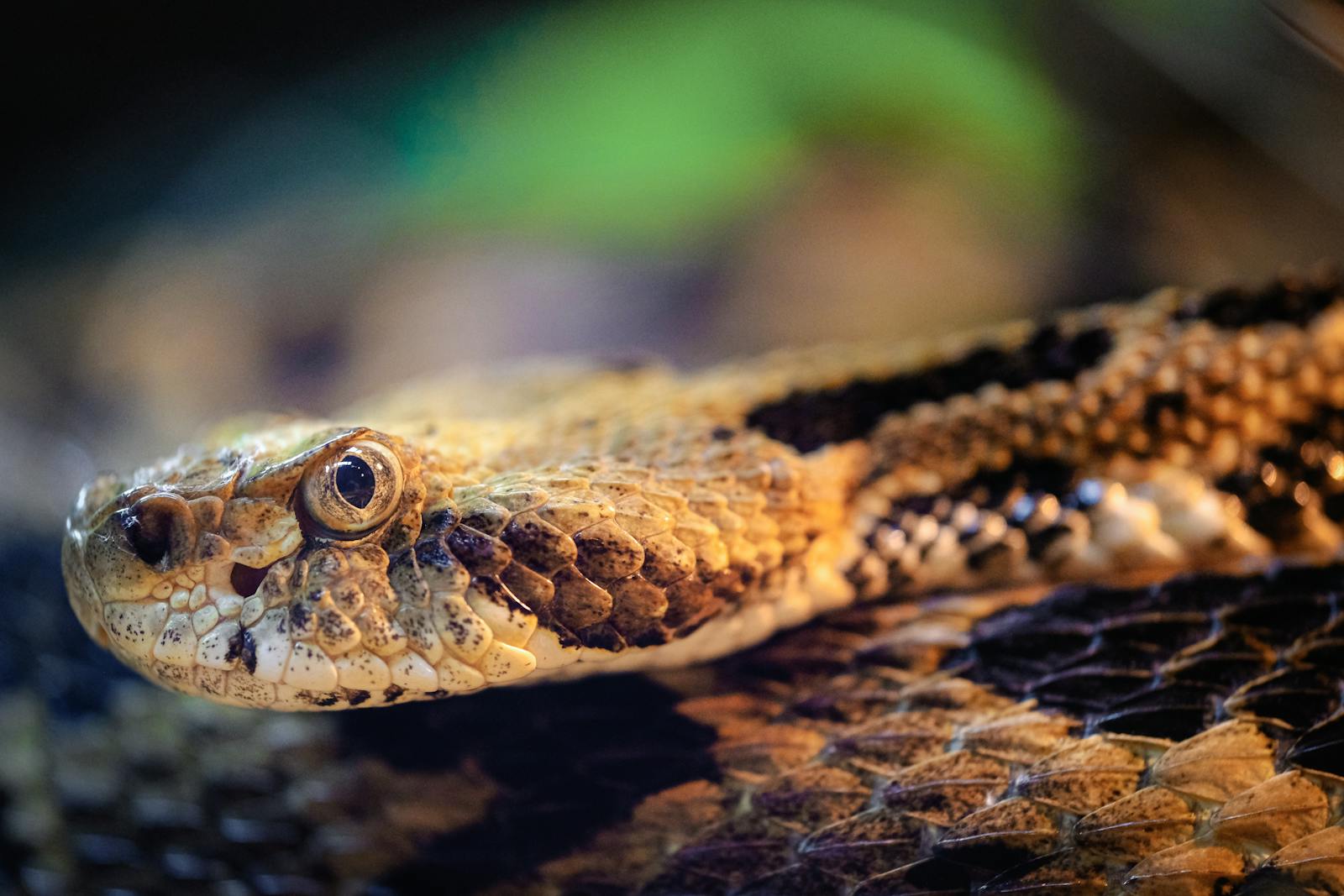
The remarkable behavioral similarities between snakes and birds highlight the power of convergent evolution, where unrelated species develop similar traits in response to similar environmental pressures. From thermoregulation strategies to reproductive behaviors, hunting techniques to defensive displays, these parallels remind us that nature often finds similar solutions to common challenges across diverse animal groups. These behavioral similarities not only provide fascinating insights into evolutionary processes but also challenge our tendency to view different animal groups as entirely distinct in their capabilities and complexities. By recognizing these shared behavioral strategies, we gain a deeper appreciation for the interconnectedness of life and the remarkable adaptability that characterizes successful species across the animal kingdom.





